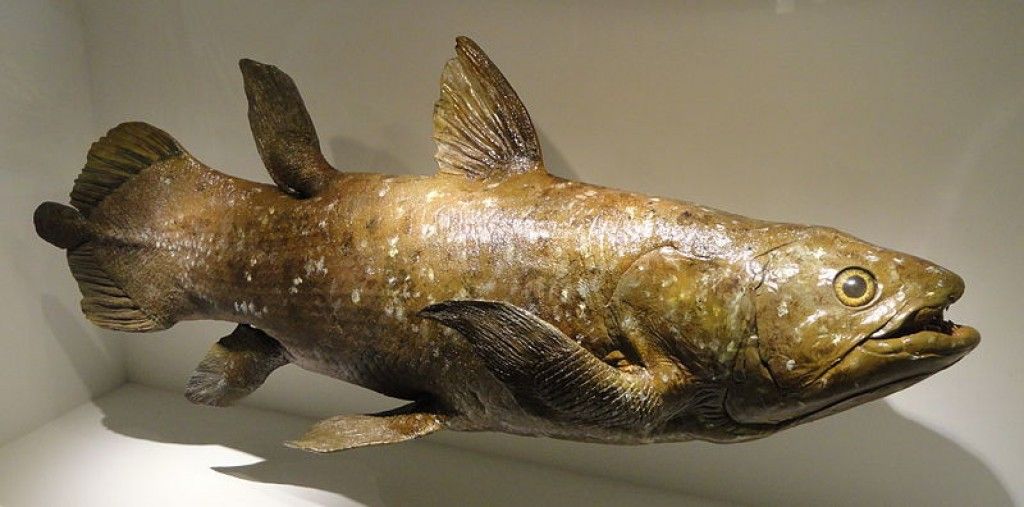The dinosaurs have roamed the Earth for more than millions of years. They were thought to be extinct some 65 million years ago. While their descendants are just a miniature size of what they were before, there is still a resemblance to their physical characteristics. Crocodiles are the most similar in terms of physical similarities with the dinosaurs but there are other animal forms that seem to have survived all these years. It was only in 1938 that the oldest living prehistoric animal was found and is still thriving up to this day.
The record for being the oldest living prehistoric animal is the coelacanth.
The coelacanth was believed to have extinct after the end of the Cretaceous period. They were considered as the great fishes of the prehistoric era and were transitional species between fishes and tetrapods. It was until 1938 that a species of the Coelacanth was found off the east coast of South Africa.
Marjorie Courtenay-Latimer found the fish among the catch of a local angler on December 23, 1938. This discovery was an amazing feat for both human and animal kind. The coelacanth has been known to have gone extinct some 65 million years ago along with the dinosaurs yet here it is, swimming in the depths of the Indian Ocean.
Coelacanths are mostly found in the deep waters of the Indian Ocean. They live off the coast of East Africa, South Africa, and Indonesia. There have been 2 known species of the Coelacanths today.
One of the most prominent features of the coelacanth is its fins and tail. It has fins that act like hands which led to the theory that prehistoric coelacanths might have come to land to feed if they want to and that they are the precursor of other creatures that have evolved throughout the years.
The tail of the coelacanth has two smaller ones flanking the main tail. This serves as a powerful propeller for the fish to escape its predator. Coelacanths have 8 fins – 2 dorsal fins, 2 pectoral fins, 2 pelvic fins, 1 anal fin, and 1 caudal fin. Coelacanths mostly live in deep coastal waters where they usually hide in caverns during the day and feed off smaller fishes during the night.
Many world organizations have sought to provide good breeding grounds for the coelacanth. But, the dangers of deep-sea trawling have been discovered to be harmful to the coelacanth’s environment.
Coelacanths are not favored to be eaten by humans as the flesh has high amounts of oil, urea, wax esters, and compounds that are difficult to digest and can easily cause diarrhea. It is therefore highly disregarded as a cuisine. Most fishermen tend to avoid serving coelacanths to avoid sicken consumers.
What Do I Think
Aside from its wonderful discovery, the thought of having a previously known extinct animal let alone a prehistoric one to be discovered gives scientists and researchers hope that somewhere on Earth there are still previously-extinct animals that roam freely waiting to be discovered.
